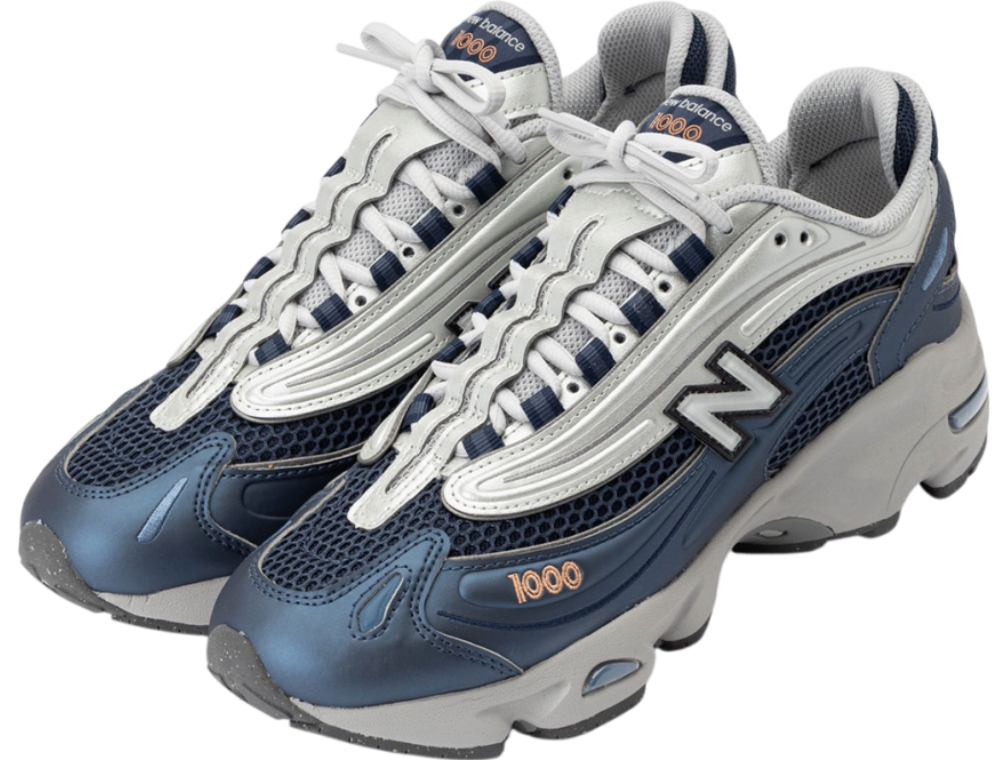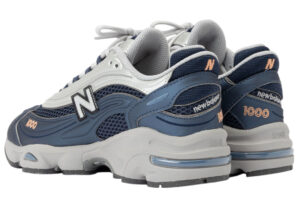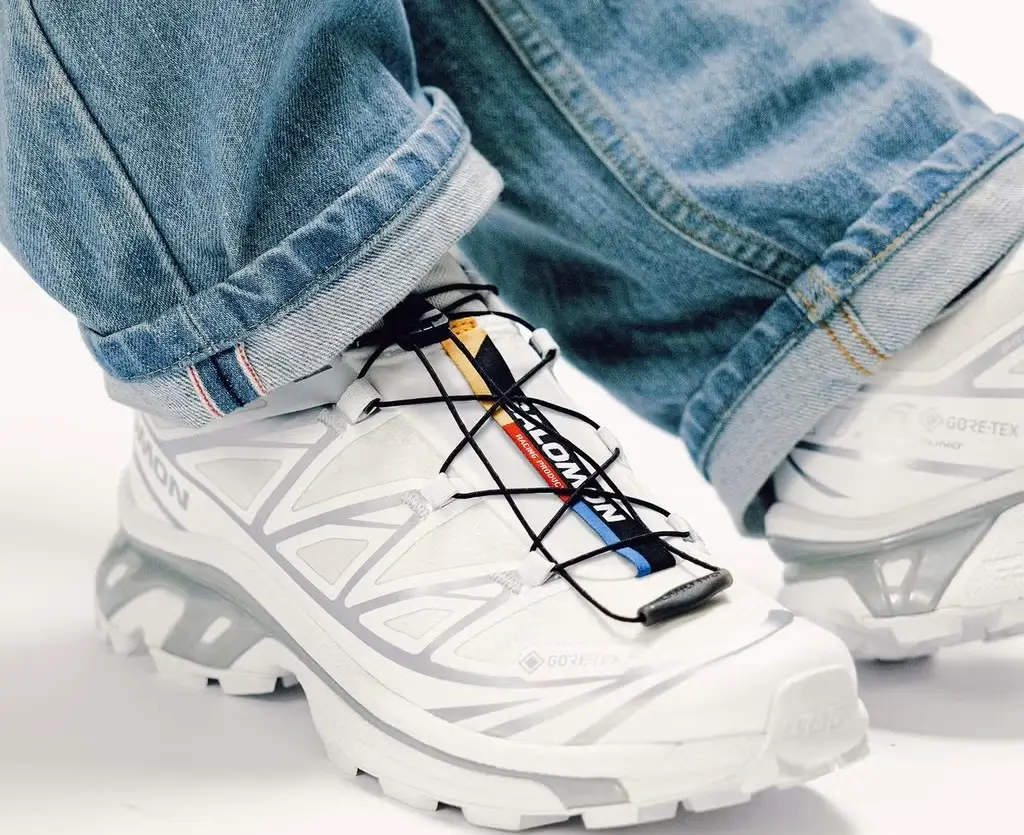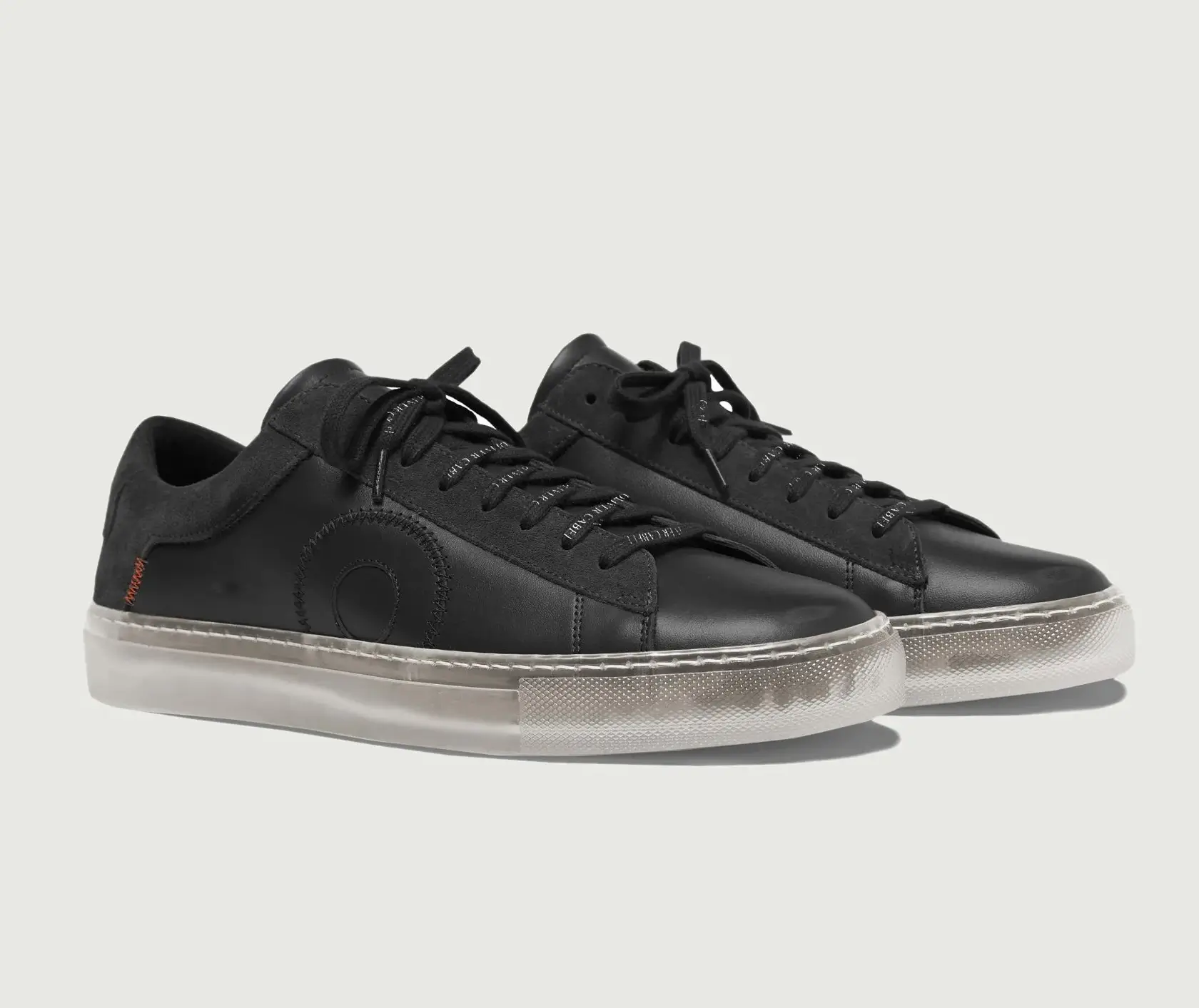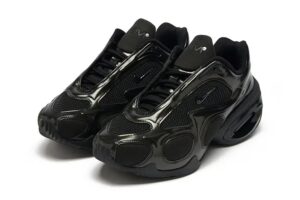In a market saturated with retros and recycled colorways, the New Balance 1000 “Vintage Indigo” emerges as a nuanced return to form—less a resurrection and more a recalibration. Originally released in the early 2000s as a technical runner, the NB 1000 was a product of its time: clunky, unapologetically bulky, and brimming with Y2K-era tech optimism. Fast forward to 2025, and the silhouette has found renewed cultural relevance among sneakerheads, stylists, and archival purists alike.
This “Vintage Indigo” edition is not a simple reissue. It represents a studied balance between form and function, heritage and hype. While New Balance has made strides in fusing performance with fashion—see the 990 series or the recent WRPD line—it’s with models like the 1000 that the brand dares to get disruptive. Here, it feels like New Balance is not chasing trends but reasserting its design autonomy.
Design Philosophy: Y2K Through a 2025 Lens
The defining trait of the NB 1000 has always been its structural maximalism. It’s a sneaker that speaks the visual language of techwear: layered panelling, reinforced soles, and an overt emphasis on motion and tension. The “Vintage Indigo” iteration leans into this heritage with restraint and clarity.
Crafted from a combination of mesh and synthetic leather overlays, the upper captures that early-aughts aggression while muting it through a subdued indigo palette. Hints of silver and navy accent the design, offering tonal variation without visual overload. The “1000” branding on the heel and tongue are period-correct, giving it the archival legitimacy that collectors crave.
What sets this edition apart is the treatment of materials. The synthetic mesh is slightly faded and matte, intentionally evoking the patina of age. There’s a lived-in quality to the shoe—less “fresh off the shelf” and more “found in a sealed box from 2003.” It’s nostalgia calibrated through luxury.
Technical Breakdown: The Anatomy of Utility
While many retro sneakers reappear gutted of their original performance identity, the 1000 holds onto its functional DNA. The ABZORB® cushioning system remains intact, providing responsive support underfoot. Though not as plush as FuelCell or Fresh Foam, it retains a certain tactile stiffness that performance runners from the Y2K era favored.
The midsole is segmented for stability, but the heel-to-toe transition is surprisingly fluid. The outsole, built with a deep tread pattern, is designed to handle more than just city pavement. It invites movement—whether that’s a sprint for a cab or a long walk through a concrete jungle.
New Balance also subtly integrated modern tweaks into the build. The insole features Ortholite technology for better step-in comfort, and the fit is more foot-conforming than the original, thanks to improvements in last shaping and upper flexibility.
Fashion Crossover: From Archives to Asphalt
The NB 1000 “Vintage Indigo” is less about gym-ready function and more about fit-ready utility. In 2025, this sneaker doesn’t compete with ultralight marathon shoes or minimal low-tops. Instead, it fits within the growing wave of gorpcore, normcore, and archival techwear aesthetics.
Stylists and streetwear enthusiasts are pairing them with baggy cargos, cropped trousers, windbreakers, and Gore-Tex shells. The shoe’s chunky shape plays well with layered fits, offering grounding bulk at the base of an outfit. Its washed colorway also ensures versatility—it doesn’t shout, but it doesn’t disappear either.
The tonal indigo hue operates as a neutral, slotting easily into fits composed of navy, grey, olive, or earth tones. For brands like Aime Leon Dore, JJJJound, or even Engineered Garments, this sneaker could easily substitute for a more traditional dad-shoe silhouette while adding a touch more visual intrigue.
Cultural Positioning: Why the 1000 Now?
The timing of the 1000’s return is anything but accidental. As the industry pivots toward quieter silhouettes with richer backstories, the NB 1000 serves as an ideal canvas. It’s not overexposed like the 550. It doesn’t carry the high-fashion baggage of the 990v6. And it doesn’t scream performance like the FuelCell RC Elite.
Instead, it straddles an interesting middle ground—technical without being futuristic, nostalgic without being derivative. It also aligns with broader trends in fashion that value Y2K references, utilitarian footwear, and post-sneaker sneaker culture.
Moreover, New Balance is in a position of cultural strength. With recent successes in both general release and collaborative spaces—from Salehe Bembury to Action Bronson—the brand has earned the right to reintroduce lesser-known models with conviction. The 1000 is less a gamble and more of a flex.
Comparison & Context: Where It Sits in the NB Universe
To understand the NB 1000’s value, it’s helpful to position it alongside other models:
- Compared to the 990 series, the 1000 is more aggressive and less refined. Where the 990 is a dad-core staple, the 1000 is the avant-garde cousin—more niche, more directional.
- Versus the 2002R, the 1000 feels chunkier and less lifestyle-oriented. The 2002R has been softened by collabs and colorways that emphasize wearability. The 1000 still looks like it could climb a mountain or survive a runway show.
- Compared to a Nike Air Max 97 or Puma Inhale, both of which share the Y2K lineage, the NB 1000 stands out for its underexposure and authenticity. It hasn’t been diluted by hype cycles.
The Quiet Comeback King
The New Balance 1000 “Vintage Indigo” isn’t trying to be loud—and that’s exactly why it resonates. It’s a reissue that doesn’t pander. It respects its origins, acknowledges contemporary tastes, and fits neatly within the visual lexicon of modern streetwear. This isn’t just another chunky runner brought back for clicks and likes. It’s a thoughtful reintroduction of a forgotten form, made all the more powerful by its subtlety.
For those who care about detail, shape, history, and tone, the NB 1000 offers a rewarding proposition. It’s not for everyone, and that’s the point. It’s for those who know—who see beyond the usual suspects and look deeper into the archive. In an era where everything old is new again, this one feels genuinely earned.
No comments yet.

